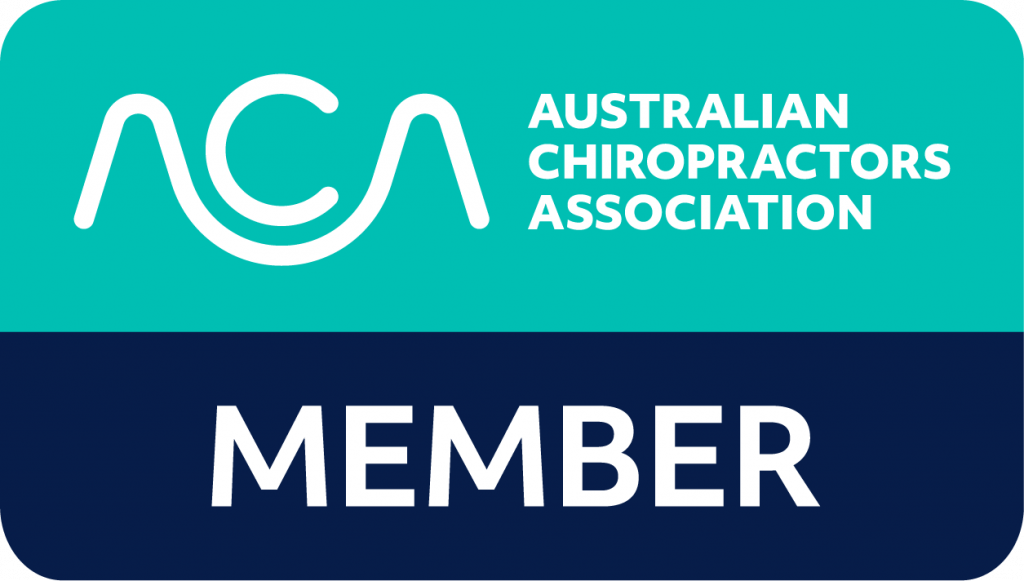Blog
What To Expect When Getting Chiropractic Therapy To Remedy Your Headache

According to Headache Australia, 23 percent of homes have at least one migraine sufferer, and up to 7 million suffer from tension-type headaches, 42 percent of which are women and 36 percent are men.
But migraines and tension-type headaches are not the only kinds of headaches people deal with; there is also the cluster headache, which is severe pain in one side of the head and felt behind the eye, and cervicogenic headache, which is caused by misalignment of the neck.
But whatever type of headache you may be suffering from, you have another and even more effective remedy, apart from taking over-the-counter medication and avoiding triggers.
Varying studies and clinical trials indicate that chiropractic care has delivered relief and that it has been highly effective for managing headaches.
Spinal manipulation, for one, which is a primary form of chiropractic care, is widely recognised as a good treatment option for tension-type headaches as well as headaches that originate in the neck.
Sustained headache relief
While you might find analgesics and other prescribed medication to give you relief from the throbbing pain in your head, research has shown that its therapeutic benefit is not nearly as sustained as when you receive chiropractic care.
Moreover, certain medications, especially when overused, will have side effects. In contrast, chiropractic therapy is not only drug-free and gentle — it is also clinically proven.
What does a chiropractor do?
But what happens when you go in for your treatment? Your chiropractor will assess the pain. An extensive background history will be taken along with a thorough exam.
Your posture will be checked. You’ll also get a neurological assessment. Orthopaedic tests may be performed to your neck. Muscle tests will also be conducted to determine weakness. Range of motion in the upper cervical spine or the neck will be determined. Muscle tenderness and tightness will be assessed. An X-ray may be taken of your neck and possibly your spine.
You’ll receive full examination before a diagnosis is confirmed (i.e., you suffer from cervicogenic headaches because of frequent abnormal movements), and your chiropractor can then talk about treatment options.
Depending on your diagnosis, you may receive specific manipulations and adjustments to improve function and alleviate stress. You may also be given soft tissue therapy, which is suitable for cervicogenic headaches. Your chiropractor will most likely recommend exercises, relaxation techniques, and give advice on proper posture. And a change of diet may also be advised.
Whether you’re suffering from tension-type headaches or migraines, take comfort in the fact that a clinically proven treatment is within your reach. Ask about chiropractic care today. And resolve headaches the safe, natural, and effective way.

